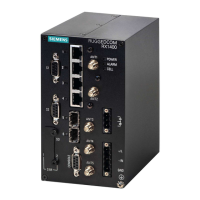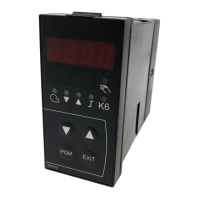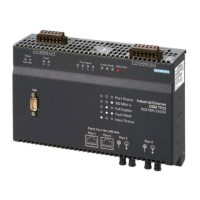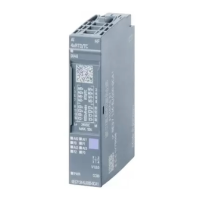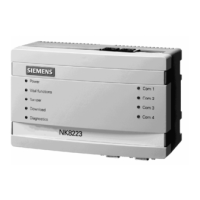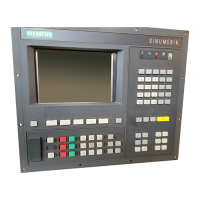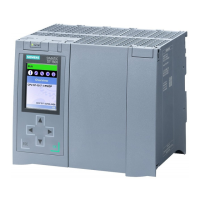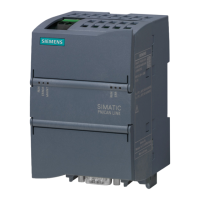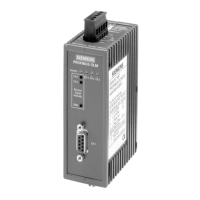Chapter 13
Unicast and Multicast Routing
RUGGEDCOM ROX II
CLI User Guide
446 Managing Area Tags
Spirent-right.00-01 269 0x0000000f 0x7e8a 872 0/0/0
Spirent-right.00-00 1463 0x0000000f 0x99a0 872 0/0/0
Spirent-right.00-01 261 0x0000000f 0xb0d2 872 0/0/0
Spirent-right.00-00 1460 0x0000000f 0x80c6 872 0/0/0
Spirent-right.00-01 253 0x0000000f 0x97fb 872 0/0/0
Spirent-right.00-00 1460 0x0000000f 0x1137 872 0/0/0
Spirent-right.00-01 237 0x0000000f 0x0db7 872 0/0/0
14 LSPs
This list displays the following information:
Parameter Description
LSP-ID Link-state PDU identifier.
Pdulength Size of the PDU packet.
SeqNumber Sequence number of the link-state PDU.
ChkSum The checksum value of the link-state PDU.
Holdtime The age of the link-state PDU in seconds.
ATT Attach bit indicating the router is attached to another area.
P Partition bit, set only if LSP supports partition repair.
OL Overload, set only if the originator's LSP database is overloaded.
Section13.6.5
Managing Area Tags
An IS-IS area is a grouping of inter-connected (or neighboring) IS-IS configured routers. As opposed to OSPF,
where an Area Border Router (ABR) can exist in two areas at once, IS-IS routers reside only in one area. It is the link
between routers in two different areas that forms the border. This is because an IS-IS router has only one Network
Service Access Point (NSAP) address.
A single router can be configured to act as a Level-1, Level-2 or Level-1-2 router in one or more areas.
Routers are associated with areas by area tags, which define the routing type, metric, and authentication/
authorization rules.
CONTENTS
• Section13.6.5.1, “Viewing a List of Area Tags”
• Section13.6.5.2, “Adding an Area Tag”
• Section13.6.5.3, “Deleting an Area Tag”
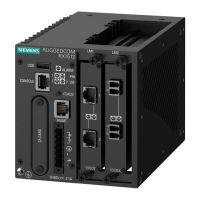
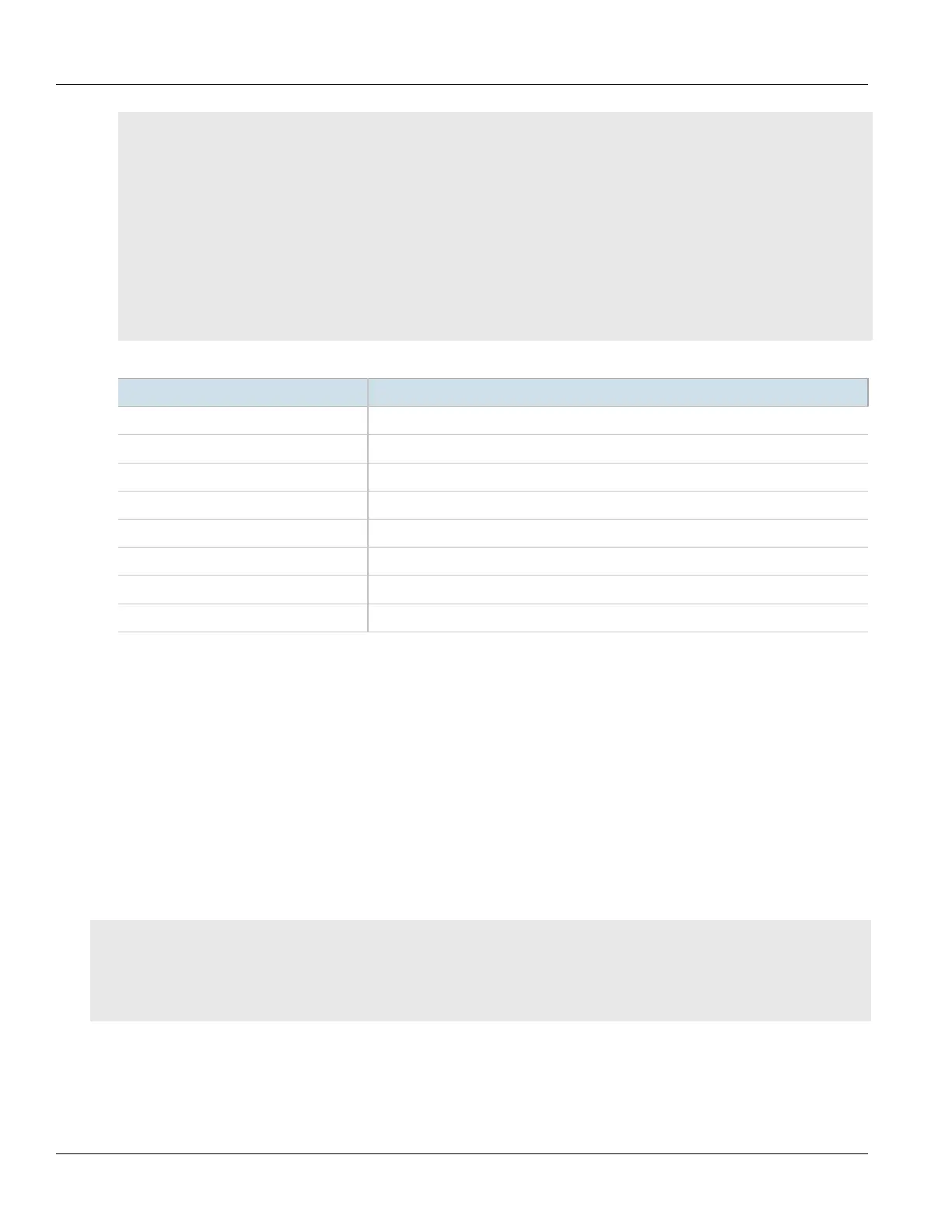